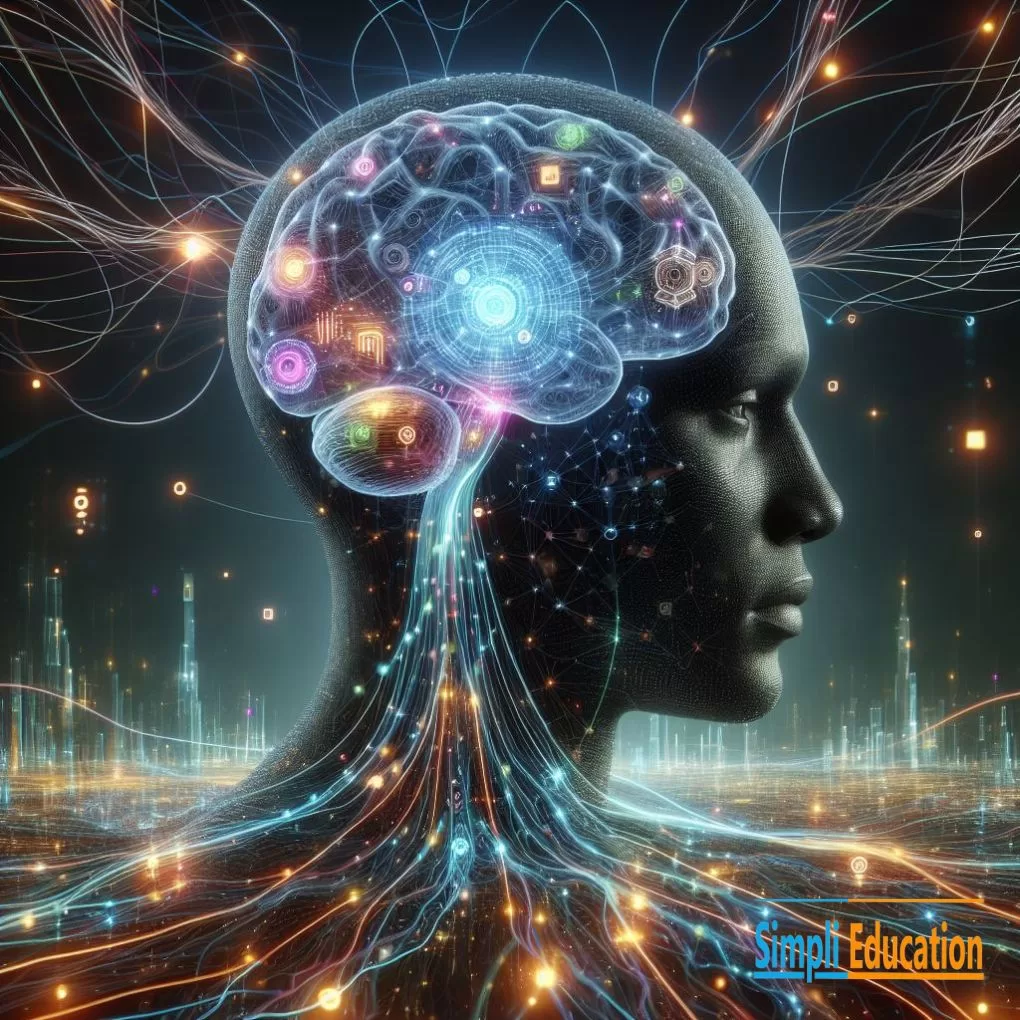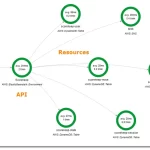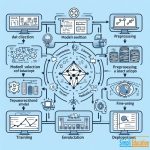Machine learning is like teaching a computer to learn from examples. Imagine you’re teaching a child to recognize animals. You show them pictures of dogs and cats, and you tell them which is which. Over time, the child starts to see patterns – maybe noticing that dogs often have longer snouts or different fur patterns compared to cats.
In machine learning, you give a computer lots of examples, like pictures of dogs and cats labeled with what they are. The computer then looks for patterns in these examples. It might learn that certain shapes or colors are associated with dogs, while others are associated with cats. Once it learns these patterns, you can give it new pictures, and it will try to predict whether they’re of dogs or cats based on what it learned.
So, machine learning is about teaching computers to find patterns in data so they can make predictions or decisions about new data without being explicitly programmed for each scenario.
Machine learning is a subset of artificial intelligence (AI) that involves the development of algorithms and statistical models that enable computers to perform specific tasks without being explicitly programmed. In traditional programming, developers provide explicit instructions for the computer to follow, but in machine learning, algorithms are designed to learn patterns and make predictions or decisions based on data.
Machine learning algorithms learn from data by identifying patterns and relationships, and then using this information to make predictions or decisions on new, unseen data. These algorithms can be categorized into different types of learning, including:
1. Supervised Learning: In supervised learning, the algorithm is trained on a labeled dataset, where each example is paired with a corresponding target label. The algorithm learns to map inputs to outputs by minimizing the error between its predictions and the true labels.
2. Unsupervised Learning: Unsupervised learning involves training algorithms on unlabeled data, where the algorithm must discover patterns or structures within the data on its own. Clustering and dimensionality reduction are common tasks in unsupervised learning.
3. Semi-supervised Learning: This type of learning combines elements of supervised and unsupervised learning, where the algorithm is trained on a dataset that contains both labeled and unlabeled examples.
4. Reinforcement Learning: Reinforcement learning involves training agents to make sequences of decisions in an environment in order to maximize a cumulative reward. The agent learns through trial and error, receiving feedback in the form of rewards or penalties for its actions.
Machine learning has a wide range of applications across various fields, including computer vision, natural language processing, healthcare, finance, and more. It is used for tasks such as image recognition, speech recognition, recommendation systems, fraud detection, and autonomous vehicles, among others. As the amount of data available continues to grow and computing power increases, machine learning techniques are becoming increasingly powerful and widespread.



